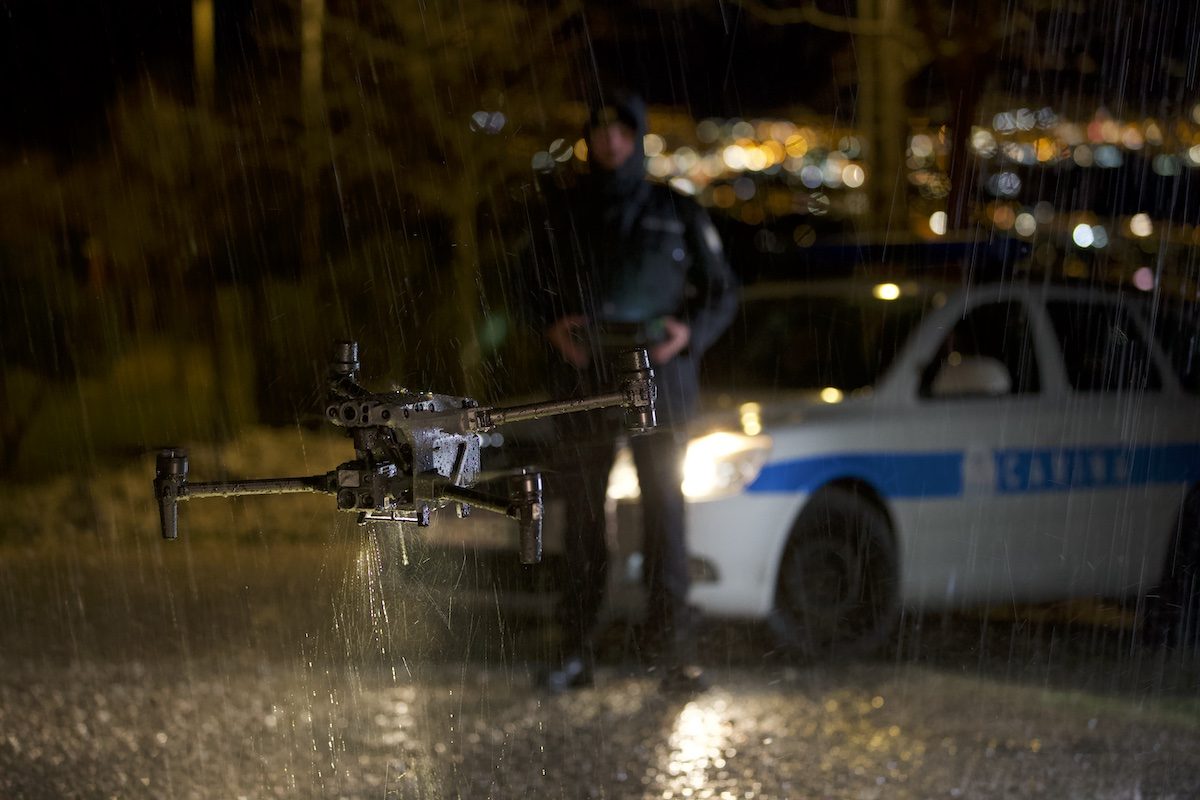
When learning an instrument you can study all the notes but it can still be hard to get the feel. This research project from Yiyue Luo with MIT is turning to haptics and machine learning to help.
A pianist wore gloves with sensors to record all the finger movements. These were transfered to students with haptic motors.
The students with the gloves showed improved accuracy over standard teaching. They also tested out the gloves on gaming with similar results.
Via Scientific American:
Using a computerized embroidery machine, the team embedded small wires linked to a pressure-sensing material in the gloves to detect hand motions. When a piano teacher wearing the gloves repeatedly performed a tune, a machine-learning algorithm processed their movement on the keys and translated it into instructional vibrations. Students wearing their own gloves then attempted to play the same tune, with the fingertip vibrations guiding them through proper movements. (The vibration intensity increased to correct fingering or rhythm mistakes.)
See more!
 Every Wednesday is Wearable Wednesday here at Adafruit! We’re bringing you the blinkiest, most fashionable, innovative, and useful wearables from around the web and in our own original projects featuring our wearable Arduino-compatible platform, FLORA. Be sure to post up your wearables projects in the forums or send us a link and you might be featured here on Wearable Wednesday!
Every Wednesday is Wearable Wednesday here at Adafruit! We’re bringing you the blinkiest, most fashionable, innovative, and useful wearables from around the web and in our own original projects featuring our wearable Arduino-compatible platform, FLORA. Be sure to post up your wearables projects in the forums or send us a link and you might be featured here on Wearable Wednesday!
Adafruit publishes a wide range of writing and video content, including interviews and reporting on the maker market and the wider technology world. Our standards page is intended as a guide to best practices that Adafruit uses, as well as an outline of the ethical standards Adafruit aspires to. While Adafruit is not an independent journalistic institution, Adafruit strives to be a fair, informative, and positive voice within the community – check it out here: adafruit.com/editorialstandards

Adafruit is on Mastodon, join in! adafruit.com/mastodon
Stop breadboarding and soldering – start making immediately! Adafruit’s Circuit Playground is jam-packed with LEDs, sensors, buttons, alligator clip pads and more. Build projects with Circuit Playground in a few minutes with the drag-and-drop MakeCode programming site, learn computer science using the CS Discoveries class on code.org, jump into CircuitPython to learn Python and hardware together, TinyGO, or even use the Arduino IDE. Circuit Playground Express is the newest and best Circuit Playground board, with support for CircuitPython, MakeCode, and Arduino. It has a powerful processor, 10 NeoPixels, mini speaker, InfraRed receive and transmit, two buttons, a switch, 14 alligator clip pads, and lots of sensors: capacitive touch, IR proximity, temperature, light, motion and sound. A whole wide world of electronics and coding is waiting for you, and it fits in the palm of your hand.
Have an amazing project to share? The Electronics Show and Tell is every Wednesday at 7pm ET! To join, head over to YouTube and check out the show’s live chat – we’ll post the link there.
Join us every Wednesday night at 8pm ET for Ask an Engineer!
Join over 36,000+ makers on Adafruit’s Discord channels and be part of the community! http://adafru.it/discord
CircuitPython – The easiest way to program microcontrollers – CircuitPython.org
No comments yet.
Sorry, the comment form is closed at this time.






